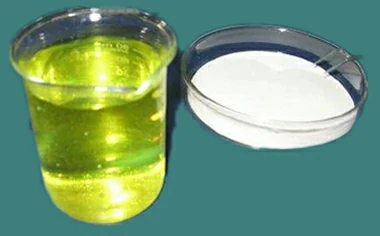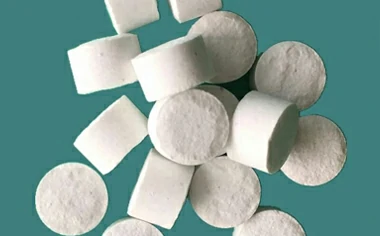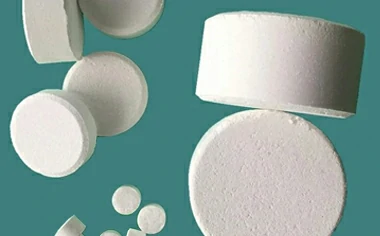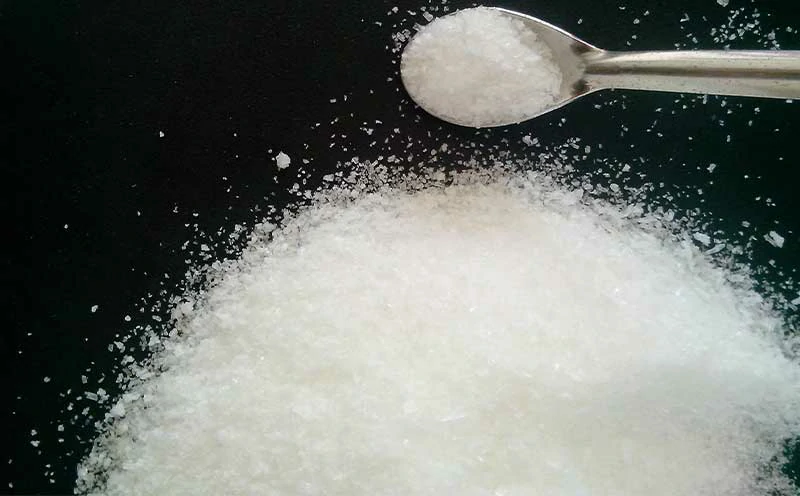Sodium chlorite and chlorine dioxide are both chemicals used for various purposes, including disinfection and water treatment. However, they have different properties and applications:
Sodium chlorite is a white powder that dissolves in water to form a solution. It is relatively stable in its dry form, but it can decompose to form chlorine dioxide when it is dissolved in water. Chlorine dioxide is a greenish-yellow gas that is soluble in water. It is a powerful oxidizing agent and can be used to kill a wide variety of microorganisms, including bacteria, viruses, and fungi.

One of the main differences between sodium chlorite and chlorine dioxide is their toxicity. NaClO2 is relatively non-toxic, but chlorine dioxide is more toxic. ClO2 can irritate the eyes, nose, and throat, and it can cause difficulty breathing at high concentrations.
Another difference between sodium chlorite and chlorine dioxide is their effectiveness as disinfectants. ClO2 is a more effective disinfectant than NaClO2 . ClO2 can kill a wider range of microorganisms and it is more effective at inactivating viruses.
NaClO2 is more commonly used than chlorine dioxide for disinfection. This is because sodium chlorite is less expensive and easier to transport and store. ClO2 is typically generated on-site using special equipment.
Differences between NaClO2 and ClO2:
| Characteristic | Sodium chlorite | Chlorine dioxide |
| Formula | NaClO2 | ClO2 |
| Appearance | White powder | Greenish-yellow gas |
| Solubility in water | Soluble | Soluble |
| Toxicity | Relatively non-toxic | More toxic |
| Effectiveness as a disinfectant | Less effective | More effective |
While both NaClO2 and ClO2 have disinfection properties, chlorine dioxide is generally considered more effective and versatile due to its broader spectrum of antimicrobial activity.



